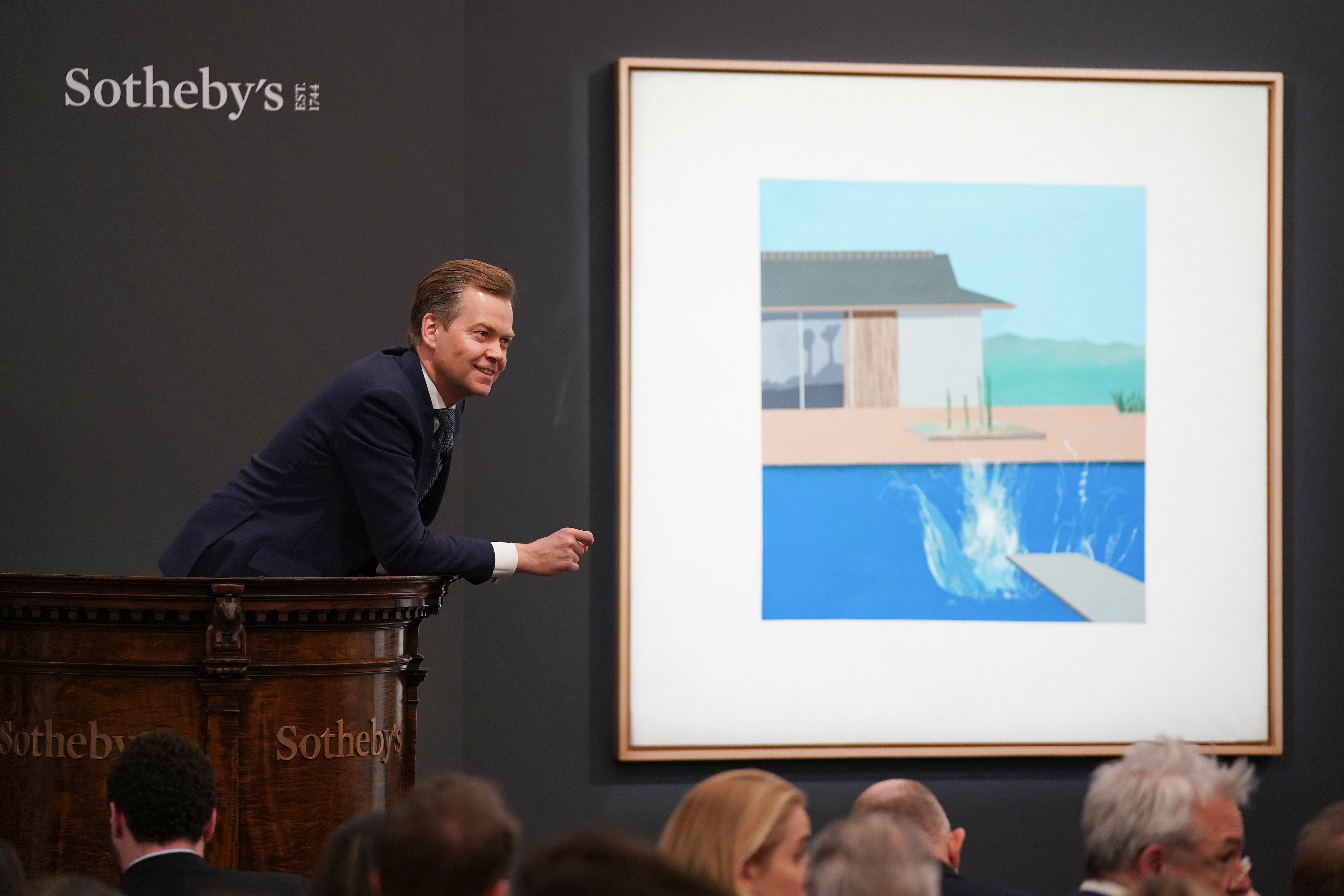
When French-Israeli telecom magnate Patrick Drahi took Sotheby’s private last year, many industry observers said his purchase marked the end of an era in art-market transparency. That’s because, as the only major publicly traded auction house, Sotheby’s was required to make detailed quarterly reports about the state of its business, when its peers were not.
But Sotheby’s release of a detailed annual report, published last week and first reported by Art Market Monitor, offers a new window into its finances—and, at first glance, it paints a precarious picture. The report signed off on by accounting firm Deloitte, and made public due to the company’s ongoing debt obligations, noted that because much of the company’s business came to a standstill in March, when looking to the next 12 months Sotheby’s was “unable to predict or quantify with certainty the effect on our liquidity, our ability to meet our obligations when they become due and maintain compliance with its financial covenants required by” more recent debt taken on after the merger last year.
Drahi’s deal to buy Sotheby’s, valued at $3.7 billion, involved a large amount of debt. To date, the company’s outstanding debt stands at $467 million (plus interest), according to the latest documents. It has to pay more than one quarter of that—$119 million—in interest and principle this year, and around $84 million for each of the next four years. That debt burden, coupled with an extended period when Sotheby’s isn’t generating the kind of revenue it would in a non-pandemic year, resulted in the release of Deloitte’s “emphasis of a matter” related to Sotheby’s own focus on the business as a “going concern.”
“In normal times, seeing this in an audit would be considered a a big red flag,” art advisor Todd Levin said. But, of course, these aren’t normal times, and the audit later notes that Sotheby’s “capital requirements include the liquidity necessary to support our recurring business needs and capital required for the pursuit of technology and other initiatives, as well as growth opportunities.”
Patrick Drahi, Sotheby’s new owner, in 2016. (Photo by Christophe Morin/IP3/Getty Images)
Notably, some of Sotheby’s debt obligations will be fulfilled thanks to cutbacks taken as a result of COVID-19, which the auditors said would result in “significant cost savings in excess of $100 million when compared to the prior year.” Those include salary cuts of between 20 and 30 percent, furloughs of around 200 staffers, deferred spending on in-person sales and employee bonuses, and a reduction in capital spending. (Sotheby’s noted it will still need to pay between $13 million and $14 million in severance in the first quarter of 2020, likely related to the departure of a number of top staffers at the end of last year.)
“There are two issues facing Sotheby’s, one is their actual financial condition, the other is the perception in the marketplace based on the financials filed with Deloitte,” said attorney and art law specialist Thomas Danziger, who frequently works with the house on behalf of his clients. “I believe that Sotheby’s can solve its financial issues if it wants, but the longer that there is no reaction or response publicly from the company, the harder its going to be to fight the perception that there is an issue. It’s important that Mr. Drahi come out sooner rather than later in support of the company and in support of his staff, to put to rest the fears in the market and that he’s invested to make sure the company succeeds.”
Perhaps not coincidentally, the evening after the report was made public, Sotheby’s CEO Charles Stewart sent a lengthy email to clients that appeared designed to allay jitters created by the report without acknowledging its existence. Stewart said that “teams are beginning to return to work in a number of Sotheby’s offices in Europe and Asia, and we are actively preparing for the reopening of our galleries in New York and London.” He said the house had made nearly $70 million from 37 online sales since March and reiterated plans to hold its marquee spring sales at the end of June in New York, pending the lifting of certain restrictions. “In a world of self-isolation, we are seeing increased collector engagement and focus on their areas of passion,” Stewart added.
Sotheby’s confirmed that “the Company absolutely has Mr. Drahi’s financial support if it is needed.” Further, amid the broader pandemic, a representative points out that Sotheby’s situation is not unique as far as the uncertainty facing the art world: “No one else in the art market, or any industry for that matter, can predict when and how the world will recover from Covid-19.”
As one financial expert pointed out to Artnet News, the company has already made severe cost cutbacks and executed some savvy financial moves—like paying down a mortgage and spinning the real estate off to a separate trust—that demonstrate Drahi’s commitment to the business. But it needs to be made clear that any continued moves—such as restructuring debt if the need arises—are a continuation of these plans, the person said. If not communicated properly and transparently observers will continue to interpret them as “desperate moves.”